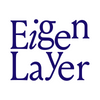Balancing Neutrality and Decentralization in EigenLayer
Today, EigenLayer has unpaused token restaking and removed TVL caps for every token. While the unpause is temporary this time, in the coming months the pause and caps will be lifted permanently. In this post, we reflect on the challenges of balancing neutrality and decentralization in the protocol, and suggest a policy for consideration by the protocol community.
The EigenLayer community needs to find a fine balance between two principles of the EigenLayer protocol: Neutrality and Decentralization.
Neutrality: Credible neutrality requires that the protocol minimize subjective judgments and maintain impartiality. This principle cultivates trust in the protocol among various ecosystem participants.
Decentralization: The protocol should encourage and incentivize the decentralization of participants in the operations and governance of the protocol.
As we have observed in the Ethereum community, these two principles can be in conflict: neutrality in Ethereum staking supports free market behavior, leading to expanding market share by a single liquid staking protocol, which conflicts with the goal of decentralization.
The EigenLayer protocol has similar considerations. In a totally neutral protocol (without any per-LST or per-LRT TVL cap), it is possible that a single token dominates the protocol and undermines decentralization. This could lead to the market for programmable trust being subverted by a single counterparty, such as an LRT or LST DAO, which would have the power to pick AVS winners and losers, or engage in other harmful activities. If instead, the protocol natively caps the proportional representation of any given token in order to promote decentralization, AVSs that require participation from a significant fraction of all stakers may not be able to operate inside EigenLayer, thus undermining neutrality.
We suggest three rules that the EigenLayer community could support, which seek to maintain a reasonable balance between neutrality and decentralization in the long-term:
- No caps on staked TVL on a per-LST or per-LRT basis
- No caps on payments from AVSs to stakers on a per-LST or per-LRT basis
- EigenLayer protocol incentives and governance participation capped at 33% for any particular LST, LRT, or single participant (like an exchange)
Rules (1) and (2) form a basis of credible neutrality because staking is permissionless and uncapped, and thus allows for all possible interactions between stakers and AVS developers. Rule (3) incentivizes decentralization in the protocol in terms of both LST and LRT participation. We highlight that implementation of (3) requires the governance of the protocol to understand subjectively which EigenPod accounts are shared between a common LRT DAO, for example, or which addresses belong to the same exchange, so that the incentive caps can be applied. EigenLayer protocol incentives and governance participation are inherently subjective, and in our view, this minimal governance will not constitute an undue burden relative to its benefits.
We believe this proposal strikes a reasonable balance between the dual priorities of neutrality and decentralization. It will be up to the protocol community to decide to adopt, refine and implement it.

